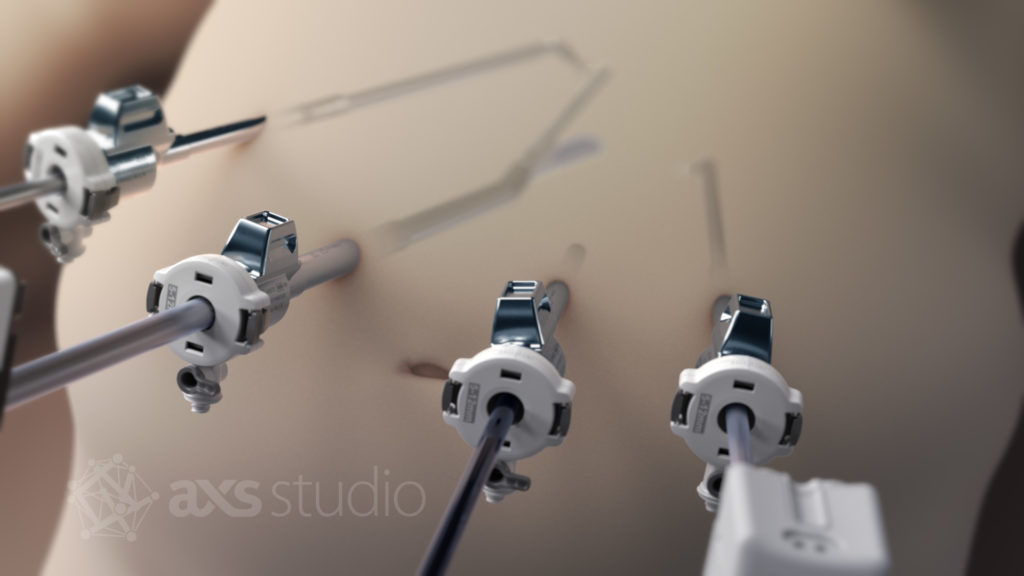
Medical Device Animation
Exceptional medical device animation is much more than beautiful product shots. To succeed, it must also incorporate a compelling story and scientific accuracy. Only then will it speak effectively to medical and business audiences alike. Our experienced medical animators have been creating outstanding animation for medical products for 20+ years. We use state-of-the-art 3D techniques to show your technology in its best light and employ filmmaking best practices to guide your viewers through a seamless narrative. And their detailed knowledge of anatomy, from the nano to the macro scale ensure that your story surpasses scrutiny by medical experts. From cutting-edge diagnostic and imaging technologies to revolutionary surgical procedures, AXS Studio has the experience and specialized knowledge to make your story extraordinary.

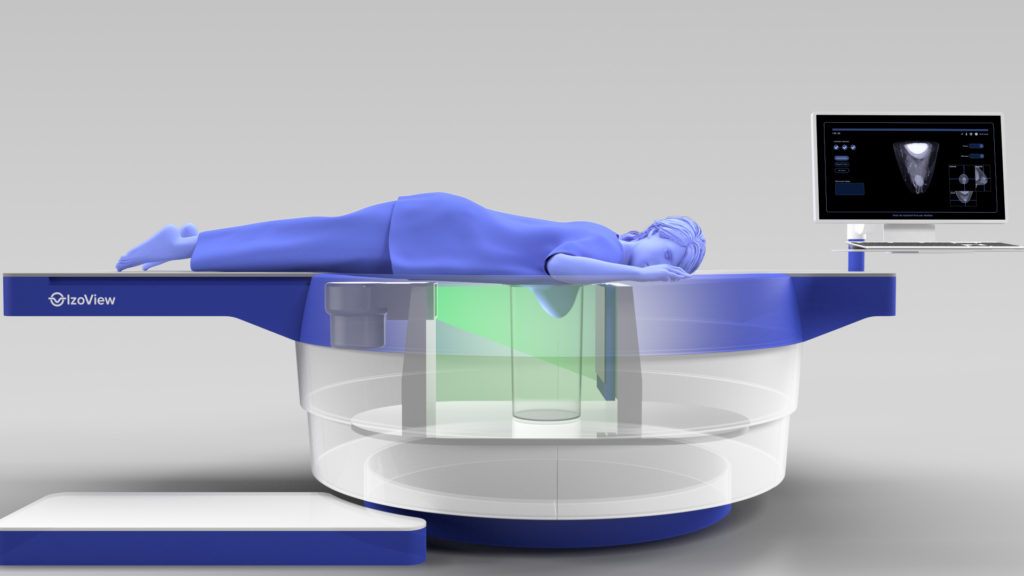
IzoView Breast CT Medical Device Animation
Izotropic Corporation
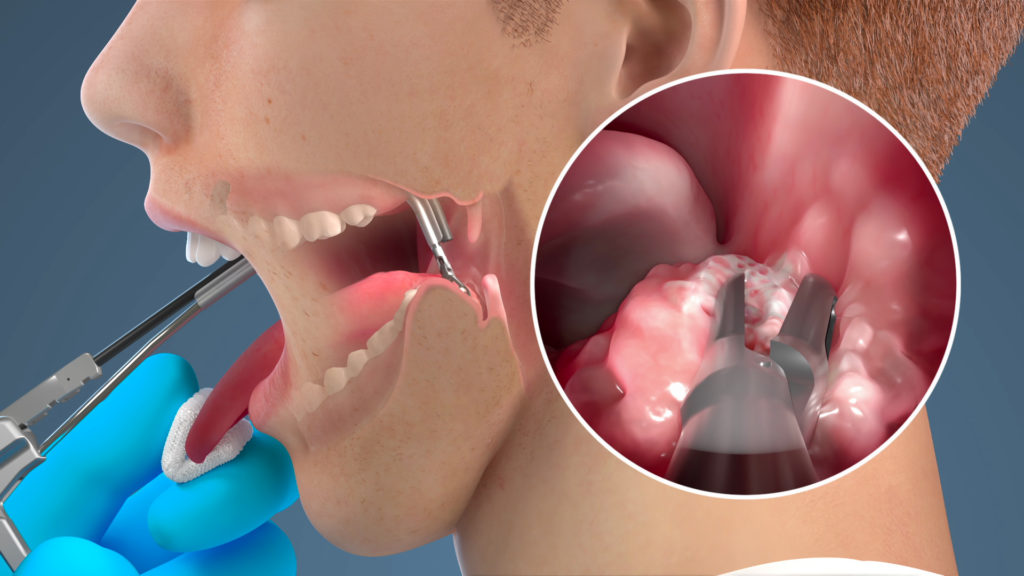
Otolaryngology Endoscopy Medical Device Animations
Outlook Surgical

Scientific Animation - Photobiomodulation Therapy for AMD
LumiThera, Inc.
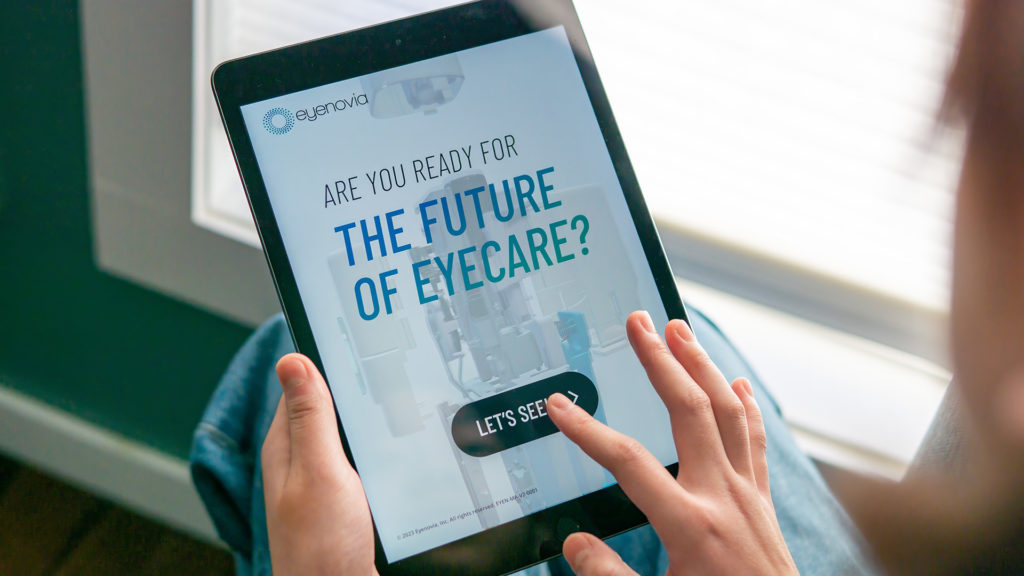
iPad App: Medical Device Simulator
Eyenovia
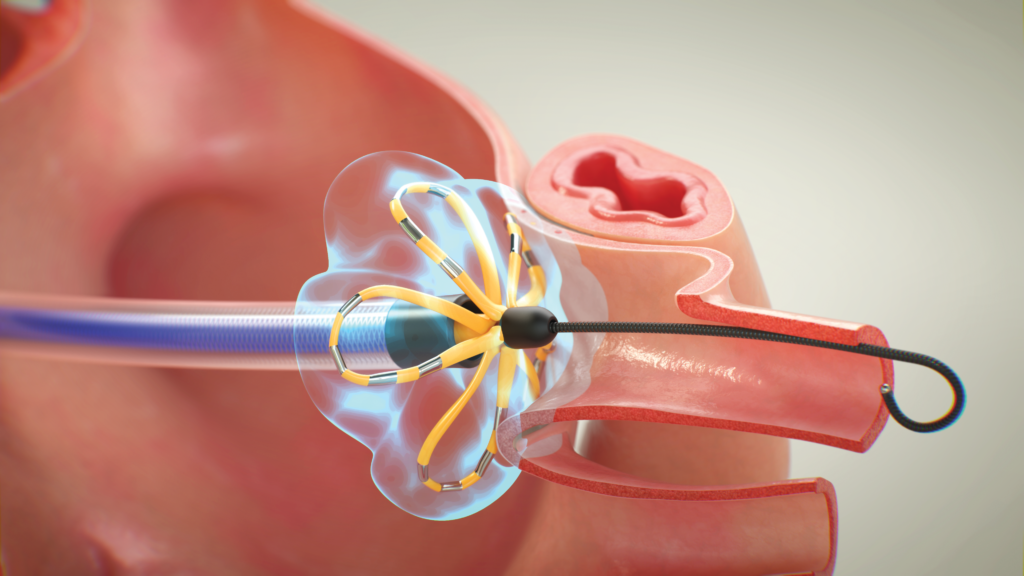
Medical Device Animation: Farapulse for AF Ablation Therapy
Boston Scientific

Medical Device Animation: Point-of-Care Diagnostic System
Abbott Point of Care
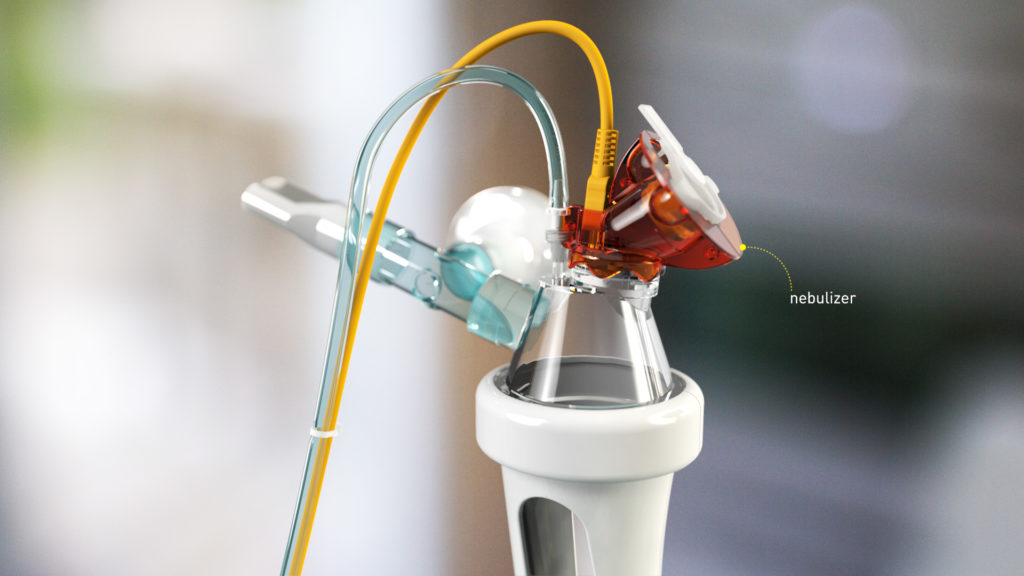
Medical Device Animation: Drug Delivery System
Bayer Healthcare, Nektar
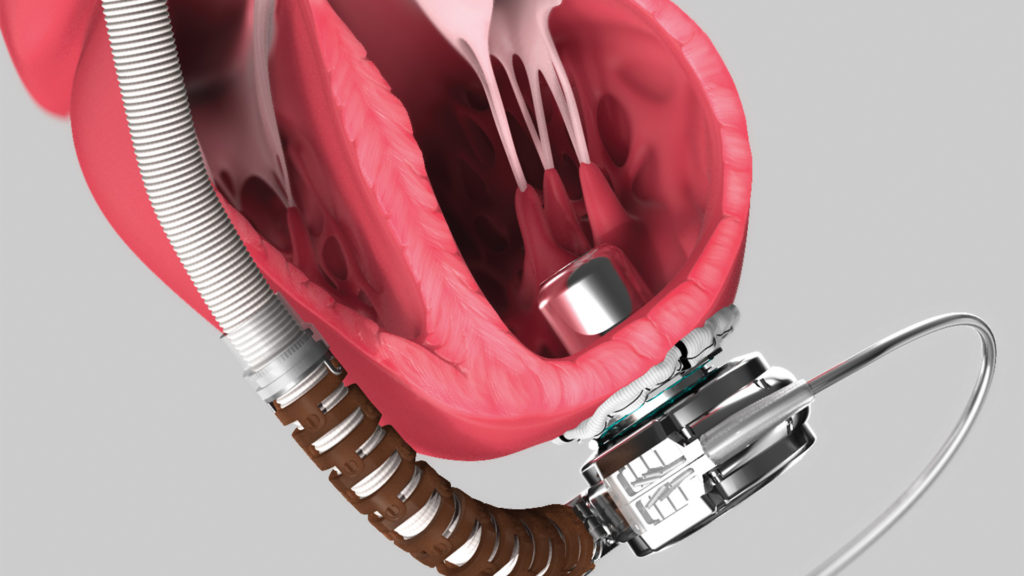
VAD Medical Device Animation
HeartWare International
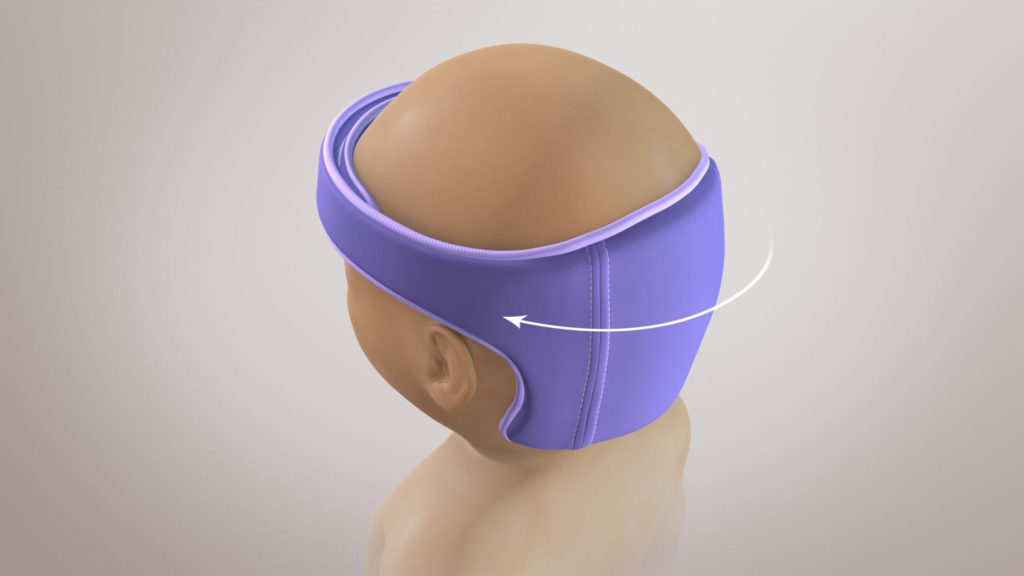
Medical Device Animation: Invictus GELShield
Invictus
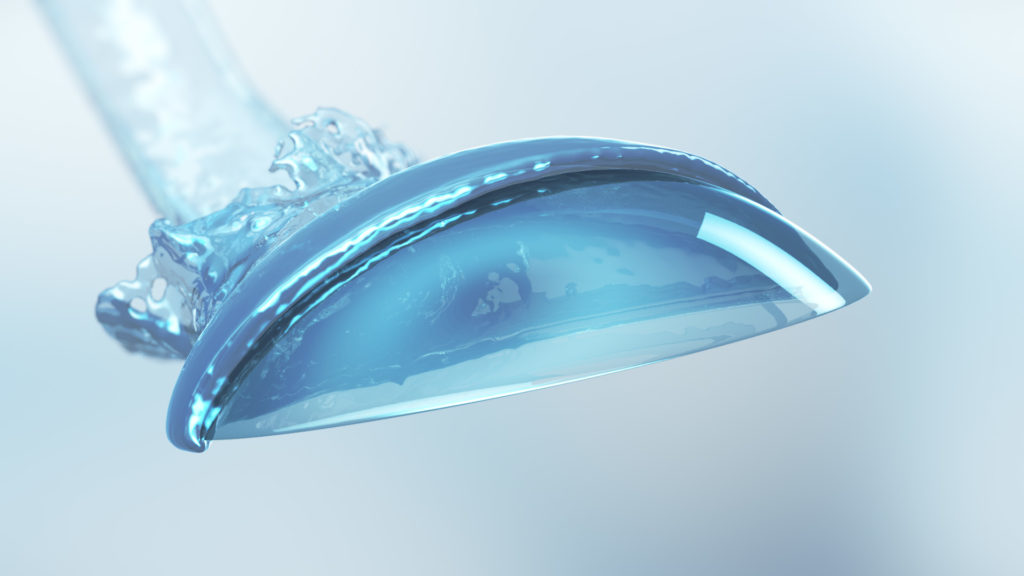
Medical Device Animation: Air Optix Contact Lens Technology
Alcon
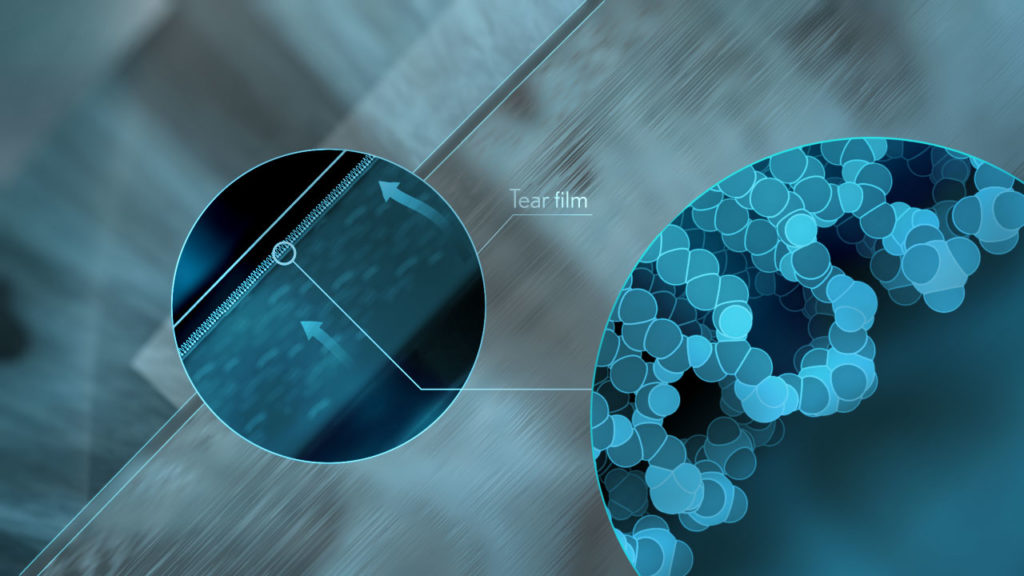
Medical Device Animation: Biotrue ONEday Lenses
BioScience Communications for Bausch + Lomb
medical-device-animation

It’s been an absolute pleasure working with AXS. They overhauled our scientific materials, providing a consistent look across all our tangible and digital assets to convey our scientific pipeline in a graphically appealing way.
Heather Douangpanya
Director, Global Scientific Communications, Seagen Inc.

Everything from the animation and the stills visually show the story of FaraPulse and the market leading product we set out to achieve. The final deliverables met and even exceeded the original vision. KUDOS and THANKS to you and the team on an AMAZING end product.
Dan Chase
Principal Product Manager, Boston Scientific

We chose AXS Studio because of their unique ability to curate a better, more visually impactful story resonating with both a scientific and non-scientific target audience.
Glen Tinevez
Vice President, Marketing North America Commercial Operations,
Ortho Clinical Diagnostics
Ortho Clinical Diagnostics

The AXS team was a pleasure to work with and I greatly appreciated their creative and scientific expertise. The videos received outstanding feedback and are one of the most popular assets for our disease state education campaign.
Rachel Raynes
Global Medical Communications, Senior Manager | Heart Failure GCCL, AMGEN

What a privilege and blessing it has been working with the AXS team these last few months. The incredible quality and attention to detail in your work, the care you put into navigating relationships, and the commitment you have to pulling off the impossible — it’s been a sight to behold. We are so grateful and appreciative of all your efforts. Thank you!
Susan Bartlett
Principal, Workomics

You guys are doing great work! The animation with the electric field displayed has been an 'AH-HA' moment for all of our Doctors, strategic collaborators and many of our employees!
Allan Zingeler
President & CEO, Farapulse

My previous vendor struggled to conceptually understand the purpose of the project. AXS understood and delivered an amazing product—better than what I initially imagined. We have experienced more engagement with key customers and investors, and the interactive will be a tool we can use across multiple platforms.
Julie Whitcomb
Head of Medical Affairs, Eyenovia

Wow! Just wow! 🤯 mind blown! This is amazing!! My heartfelt gratitude to your team. Their dedication to our project is only outweighed by their creative talents.
John West
Chief Development Officer, SciMar Ltd.

AXS was a true partner in creating highly compelling MOA videos for an important pharma client. They collaborated with us through numerous challenges on a tight schedule and hit our deadline with a product our client loved!
Senior Account Executive, Goodfuse

Thank you for being so great to work with and for creating such an amazing animation. Everyone loves it. Our Director of Sales called it “a game changer”. Our CEO presented the animation in recent talks and shared it with retina specialists. It is a hit! AXS has been a valuable partner and we look forward to working with you again in the future.
Allison Dabney
Director, Marketing, LumiThera

I can always rely on AXS to bring me unique, creative ideas for interactive media that boost traffic and HCP engagement at our congress booths.
Peter Baumeister
Senior Manager, Global Scientific Communications,
Amgen
Amgen

It’s been wonderful working with AXS Studio. The experience has been fantastic, fun, and rewarding. We have had glowing feedback on the video and are finalizing plans to integrate into discussions with all prospective research candidates. Our patient character is crushing it in the Alzheimer’s LP world.
Danielle Goldfarb
MD, Clinical Assistant Professor of Neurology and Psychiatry, Banner Sun Health Research Institute

These are absolutely fantastic visualizations. They convey the real science. I still am incredibly proud of what we did together on this video and I use it in my lectures to Harvard students and externally.
Donald E. Ingber
MD, PhD, Director, Wyss Institute for Biologically Inspired Engineering, Harvard University

The team at AXS are true pros. They asked all of the right questions from the start, from technical/scientific details to overall look and feel, and completed this amazing cover rather quickly as a result.
Kelly Krause
Creative Director, Nature

It is an absolute pleasure to work with the AXS team. Their work is consistently well-researched, beautifully crafted, and press-ready.
Jen Christiansen
Art Director of Information Graphics, Scientific American Magazine

Collaborating with the AXS team on high-impact science visualization projects is always a pleasure. I can rest assured that the final product will be clear, elegant, and beautiful while meeting our target audience’s needs.
Fabian de Kok-Mercado
Creative Director, Howard Hughes Medical Institute (HHMI)

Your clear, didactic visuals enabled us to open a vital dialogue with physicians, drawing their attention to a rare genetic disorder, its causes, diagnosis, and treatment.
Joel Bathe
Senior Product Manager,
Genzyme Canada
Genzyme Canada

The AXS team works hard to understand our needs and goals to best interpret them to create a product that consistently exceeds our expectations. I’ve hired AXS in the past and will always look for a way to hire them in the future.
Adam B. King
Global Branding and Marketing Communications Manager,
Heartware
Heartware

AXS Studio is one of the top multimedia companies in our industry. Partnering with them on a booth activity is different; they’re always thinking ahead and thinking proactively.
David Clark
Vice President,
D&J Electronics
D&J Electronics

The Ad Board meeting went very well and the feedback on the animated piece was outstanding, even from the biggest and most important critics—who said they had never seen anything that was so well done and presented the topic so perfectly! Thanks again for helping to make this vision a reality for us and for all of the effort that you put forth on this project.
Vicki Kelemen
Senior Director of Market Development, Amylin Pharmaceuticals
Who we've proudly worked with
Where our work has been featured
We’ll help you make a lasting impression at your next exhibit booth.
Let’s work together
to tell your story
to tell your story
Why invest in medical device animation?
- Quickly show busy stakeholders how your medical product works and what sets it apart
- A well-crafted 3D medical device animation is a tremendous advantage in gaining recognition and acceptance of a new medical device among stakeholders: physicians, nurses, materials managers, purchasers and case managers
- Medical device animation gives you a strong advantage in investor presentations, where time is limited and stakes are high
- A high-end 3D animation lends credibility to your messaging and quality to your brand
- Visual assets can be repurposed for marketing and training materials, including instructions for use (IFU)
- A high-quality animation will increase traffic to your congress exhibit booth and improve engagement with visitors
The AXS Studio difference
We’re artists who love to visualize science and technology. It shows in the exceptional animation work we deliver to our medical device clients. Helping you showcase an exciting new medical product that will change people’s lives is why we come to work.
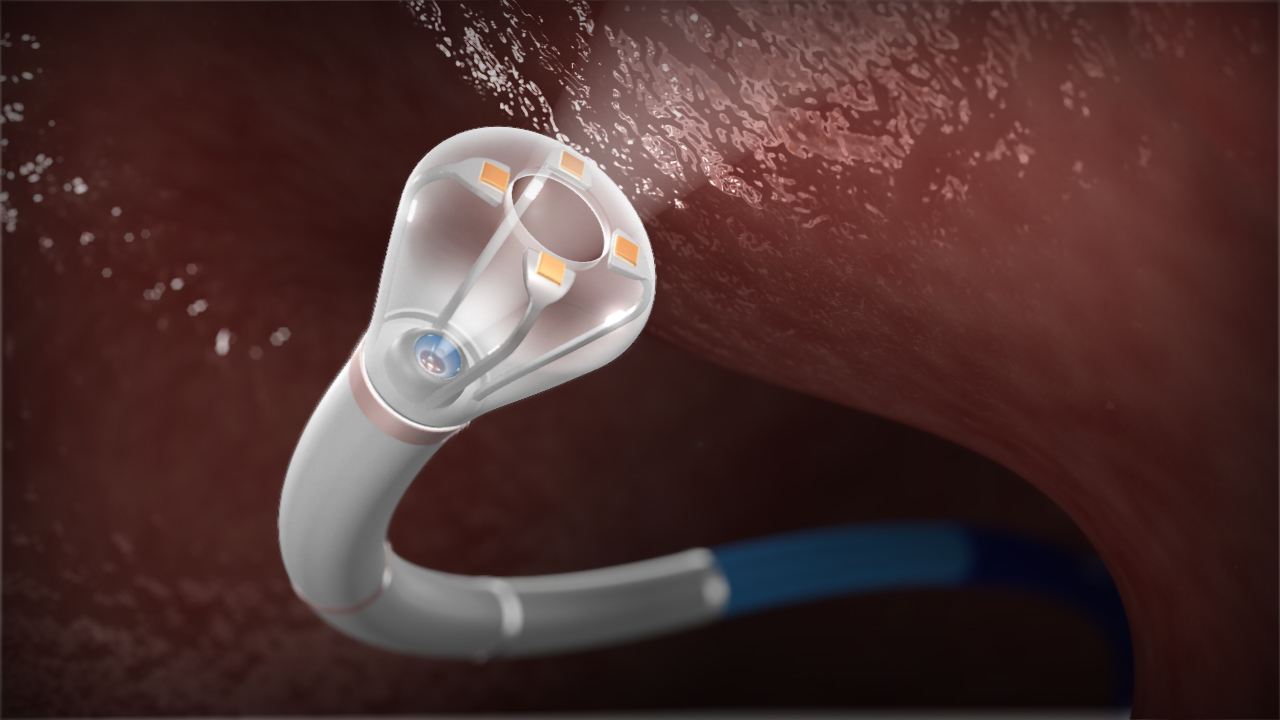
We accelerate understanding
We use design principles based on cognitive psychology to optimize your medical product animation for attention and learning. This makes it easier for stakeholders to understand how your medical device or technology works. Better understanding is good for business and healthcare.
Medical content expertise
Unlike generalist agencies and animation studios, we work only with medical and scientific content. We have the in-house experience and scientific knowledge necessary to create accurate animations for medical products like few others can.
We speak your language
Our unique client services team members all have life science backgrounds. We speak the same language as our clients and understand the challenges they face telling their stories in highly competitive industries.
Animation down to a science
We do all creative and production work in house, from concept art and script writing, through modeling, animation, rendering and post-production. This way we carefully control the design and production process, eliminate errors and meet your deadline.
We’re serious about accuracy
Our medical animators are trained in gross anatomy, tissue structure and surgical visualization. This ensures a level of accuracy that is essential for your audience of healthcare professionals (HCPs).
Prepared for success
We carefully reference and prepare scripts, storyboards and animations for your PRC review specifications. This, along with our in-house medical expertise and rigorous animation workflow, ensures on-time delivery.
Frequently Asked Questions
Medical product and marketing managers use animations to explain the relative advantages of new medical products over current technologies. The animation may be shown on a product website, at exhibit booths and in sales aids.
Animations of medical products are used during clinical development to train clinical trial staff on the correct use of the product with patients. This helps ensure that protocols are followed in the interest of patient safety.
Medical device animation may be used in instructions-for-use (IFU) materials to train physicians and nurses on safe use and product updates.
Physicians often use medical device animations to explain procedures to patients.
On average, a two-minute 3D medical product animation takes four months to complete. The exact timeline depends on the review and approval process. We recommend contacting us at least 5 months ahead of your due date.
Yes, we can work directly with models generated from your CAD software. We will then reformat the models for use in our 3D animation software, faithfully maintaining the most minute structural details, while facilitating beautiful, photorealistic renderings.
Our clients tell us we’re unlike other agencies they’ve hired in terms of our high level of medical knowledge, especially concerning depictions of anatomy and tissues, and in our attention to detail. The words clients use most to characterize our work are “accurate” and “beautiful”—important qualities in animation for medical products.
While many legitimate healthcare agencies produce animation for medical products, very few use actual medical animators to create them. Instead, many agencies use generalist animators, who who were trained for film and TV and lack science training. This results in highly inaccurate, often random, depictions of anatomical structure and function—something that’s immediately obvious to an HCP audience, and can diminish the credibility of a new medical product.
By contrast, AXS Studio employs only medically trained animators, with M.Sc. in Biomedical Communications (BMC) degrees from one of the five graduate programs accredited by CAAHEP. This specialized training, which includes surgical illustration, is the reason we depict medical device procedures more accurately than animators without medical training. For you, this means a more credible medical device animation and better value for your budget.
Visual complexity, resolution (for example HD versus 4K) and runtime (length) are the main factors in pricing animation for medical products. All content development and production is done in-house, so you won’t be paying markups for outsourced work.
This varies among agencies and animation studios, as does the service quality and degree of content expertise. AXS Studio pricing includes research, storyboarding, 3D model creation, animation, shading, lighting, rendering and compositing. Audio services are also included: professional voice talent and recording, sound FX design, and music, stock or custom. Optional services include voiceover script writing and document preparation for MLR or PRC review.
Medical product animations typically run between one and three minutes; however we have created multi-chapter animations for training that have run as long as 10 minutes. In general, shorter is better and also less expensive. Medical professionals and other busy stakeholders appreciate concise, clear storytelling, and that’s an area where AXS Studio excels.
Rule of thumb: 100 words of narration per minute of animation.
Yes, we do work with scripts supplied to us. After reviewing your script, we may provide recommendations to optimize it for visual storytelling. A guiding rule of thumb when writing your script: 100 words of voice-over for every minute of animation.
A storyboard serves two purposes:
1. To pre-visualize the story for stakeholders, and
2. To act as a shot-by-shot roadmap for our medical animators.
We will happily review a storyboard you provide and determine whether our animators can use it as-is in our workflow, or if we need to build on it to better fit our established and efficient workflow.
We welcome input from our clients’ opinion leaders and subject matter experts, but it’s certainly not a requirement. A key reason clients work with AXS is our in-house medical science expertise. AXS writers, storyboard artists and medical animators are formally trained in anatomy, physiology, tissue and organ structure, cell biology and molecular biology. We have experience in numerous surgical and therapeutic procedures, ranging from orthopedics and heart procedures to plastic surgery and regenerative medicine.
We make most medical device animations in the HD (high definition) standard: 1920 x 1080 pixels, 16:9 aspect ratio, 24 fps (frames per second). From this master file, we output the video formats (Windows Media, MPEG-4, WebM, etc.) at the file sizes (compression and bitrate) and pixel dimensions best suited to the end user devices that you’re targeting. For online video (including mobile) we optimize compression and bitrate settings and can provide multiple versions to work with responsive websites. With every project, we provide an uncompressed master animation file, which you or your agency can use to output any file format that may be required down the road.
AI tools have made it possible to up-rez some footage. However, it’s not foolproof. If you anticipate needing 4K (or even 6K) in the future, it’s best to begin with that format then down-size for devices that require less resolution.
Absolutely not. All AXS Studio work is done in-house with highly trained and experienced medical animators. This enables us to tightly control quality and scheduling to ensure we consistently hit deadlines—particularly important for submission deadlines, conferences and product launches. Moreover, while there are many products and services that can be offshored to cut costs, quality animation for medical products isn’t one of them. This type of work typically requires specialized knowledge in order to depict anatomy, tissues and complex procedures accurately.
AXS Studio writers, storyboard artists and medical animators hold M.Sc.BMC degrees—specialized training that enables us to explain complex medical procedures more accurately and clearly than animators without medical training. There are certain animation suppliers in North America, Europe and the UK that use low-cost outsourcing for medical device animations. If you’re considering hiring one of these companies, we advise first seeking information on the medical training their animators have received.
The term 3D animation refers to using digital three-dimensional models in the creation of an animated film on a computer. Movie theaters use “3D” to describe stereoscopic films, which are created using a pair of cameras to create the illusion of three dimensions on a 2D screen. AXS Studio makes both stereoscopic and regular 3D animations. Stereoscopic animations must be viewed using 3D glasses and a specialized monitor or projector. When we make a stereoscopic animation, we also deliver a “non-stereo” version that can be seen on a regular screen without special glasses. This gives our clients flexibility: stereo for special screenings and non-stereo for viewing on regular screens.
Absolutely. At its basic level, an animation is a long series of still images we call frames. You can use any single frame from your medical product animation at no additional charge. These images are usually big enough for use in slide presentations, small print materials and on websites. If you require images at a larger size—for use on a booth panel, for example—we can render the resolution you need and charge only for the output. We can also render individual animation elements at virtually any size.
No we don’t. All AXS Studio animations of medical products and surgical procedures are created custom, to address our clients’ specific visualization needs.


